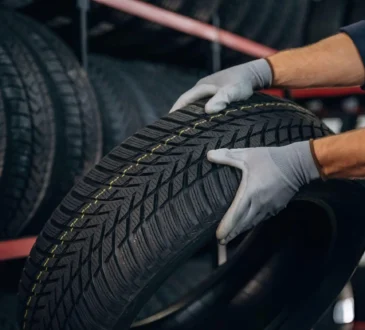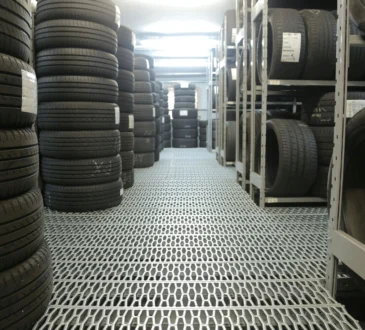
Introduction to Tire Sizing
Choosing the right tire size for your vehicle is more than just a matter of aesthetics—it directly impacts performance, safety, and driving experience. Whether you’re looking to upgrade your current tires, replace worn ones, or simply learn more about the various options available, understanding tire sizes from 16.5 inches to 40 inches can help you make informed decisions.
Tire sizes are not one-size-fits-all, and the right choice depends on your vehicle type, driving conditions, and personal preferences. From the smaller 16.5 tires commonly found on older trucks to massive 40 inch tires used in extreme off-roading, each size offers distinct advantages and limitations.
This comprehensive guide will walk you through everything you need to know about various tire sizes, helping you navigate the complex world of tire dimensions with confidence and expertise.
Understanding Tire Size Measurements
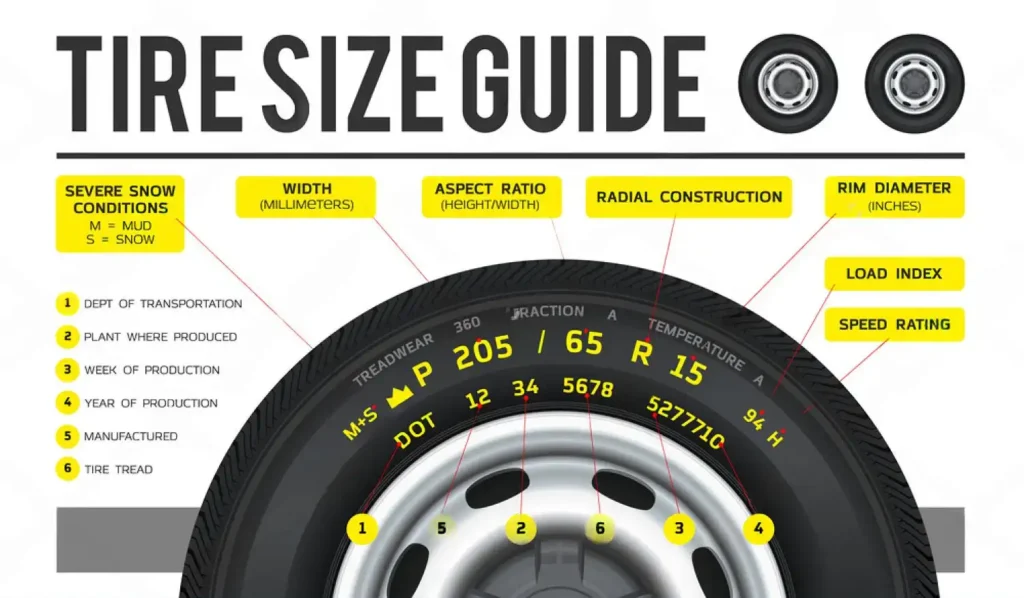
Before diving into specific tire sizes, it’s important to understand how tire measurements work. When you see a tire size like 285/75R16, each component has a specific meaning:
- The first number (285) represents the tire width in millimeters
- The second number (75) is the aspect ratio (height of the sidewall as a percentage of the width)
- The letter (R) indicates radial construction
- The final number (16) is the wheel diameter in inches
This last number is what we’re focusing on in this guide—the wheel diameter or rim size that the tire is designed to fit, ranging from 16.5 inches to 40 inches and beyond.
Also Read: Priority Tire Review 2025: An Insight into Quality and Affordability
16.5 Tires: The Specialized Option
History and Applications of 16.5 Tires
16.5 tires represent a somewhat unusual size in the modern tire market. Originally developed for military vehicles and certain work trucks, these tires were once common on older 3/4-ton and 1-ton trucks from the 1970s and 1980s. Today, 16.5 tires are considered specialty items and are less commonly used than standard sizes.
Challenges and Considerations with 16.5 Tires
If you own a vehicle with 16.5-inch wheels, finding appropriate tires can be challenging. Major manufacturers have largely phased out this size in favor of more standardized options like 16-inch or 17-inch tires. When shopping for 16.5 tires, you’ll need to:
- Ensure compatibility with your specific wheel type
- Be aware that mounting 16.5 tires requires specialized equipment
- Understand that these tires often come at a premium price due to their relative scarcity
It’s important to note that you should never attempt to mount a 16-inch tire on a 16.5-inch rim or vice versa, as this mismatch can lead to dangerous tire failure.
17 Inch Tires: The Versatile Standard
Popularity and Applications of 17 Inch Tires
17 inch tires have become one of the most common sizes for modern vehicles, serving as a standard option for many sedans, crossovers, and small to mid-sized SUVs. Their popularity stems from striking a good balance between performance, comfort, and cost.
Benefits of 17 Inch Tires
When considering 17 inch tires for your vehicle, you can expect:
- Improved handling compared to smaller tire sizes
- Better stability at highway speeds
- Wide availability across brands and tire types
- Reasonable cost compared to larger diameter options
Many vehicle manufacturers choose 17 inch tires as original equipment because they offer a good compromise between ride quality and performance without significantly impacting fuel economy.
19 Inch Tires: The Performance Upgrade
The Rise of 19 Inch Tires in Modern Vehicles
19 inch tires have gained significant popularity in recent years, particularly in the performance and luxury vehicle segments. These tires are increasingly common on sports sedans, luxury SUVs, and performance-oriented vehicles.
Performance Characteristics of 19 Inch Tires
Opting for 19 inch tires typically provides:
- Enhanced cornering capability due to stiffer sidewalls
- More responsive steering
- Improved braking performance
- A more aggressive, sporty appearance
The larger diameter and typically lower profile of 19 inch tires lead to less sidewall flex, which translates to more precise handling. However, this comes at the cost of a slightly firmer ride and potentially increased vulnerability to road hazards like potholes.
Also Read: 10 Tire Replacement Signs – How to Stay Safe & The Road Hazards to Avoid
20 Inch Tires: Blending Style and Performance
Growing Popularity of 20 Inch Tires
20 inch tires have transitioned from being exclusively aftermarket upgrades to standard equipment on many new trucks, SUVs, and performance vehicles. Their visual impact combined with performance benefits has made them increasingly common on factory vehicles.
Applications and Considerations for 20 Inch Tires
These tires are particularly popular for:
- Full-size trucks seeking improved appearance
- Large SUVs requiring load-carrying capacity
- Luxury vehicles emphasizing both style and performance
When considering 20 inch tires, it’s important to weigh the aesthetic and handling benefits against potential drawbacks like:
- Higher cost compared to smaller sizes
- Reduced ride comfort on rough roads
- Potentially higher vulnerability to wheel damage
For many drivers, 20 inch tires represent the sweet spot where style meets functionality, offering a significant visual upgrade without the extreme compromises of even larger sizes.
22.5 Inch Tires: Commercial-Grade Durability
Commercial Applications of 22.5 Inch Tires
22.5 inch tires occupy a unique position in the market as they’re primarily designed for commercial vehicles rather than passenger applications. These tires are standard equipment on:
- Commercial semi-trucks and tractor-trailers
- Buses and coaches
- Heavy-duty commercial vehicles
- Certain specialized RVs and motorhomes
Strength and Durability of 22.5 Inch Tires
The defining characteristics of 22.5 inch tires include:
- Exceptional load-carrying capacity
- Reinforced construction for durability
- Specialized tread patterns for highway or mixed service
- Design optimized for high mileage and fuel efficiency
It’s worth noting that 22.5 inch tires use a completely different mounting system compared to passenger vehicle tires, requiring specialized equipment and expertise for installation and maintenance.
Also Read: Top 7 Super Cheap All Season Tires Under $100 – Expert Picks
24 Inch Tires: Making a Statement
The Emergence of 24 Inch Tires in Custom Applications
24 inch tires have become iconic in the custom vehicle scene, particularly for luxury SUVs, custom trucks, and high-end performance vehicles. Often referred to as “24s” in popular culture, these tires make a bold statement about style and personalization.
Balancing Style and Practicality with 24 Inch Tires
When considering 24 inch tires, potential owners should understand:
- The significant impact on vehicle appearance and stance
- The need for substantial wheel well clearance
- Potential modifications required for proper fitment
- The premium cost associated with tires of this size
While 24 inch tires deliver unmatched visual impact, they typically represent a significant compromise in terms of ride quality, practicality, and cost. These are specialized options for those prioritizing style over other considerations.
Off-Road Specialists: 33 Inch Tires
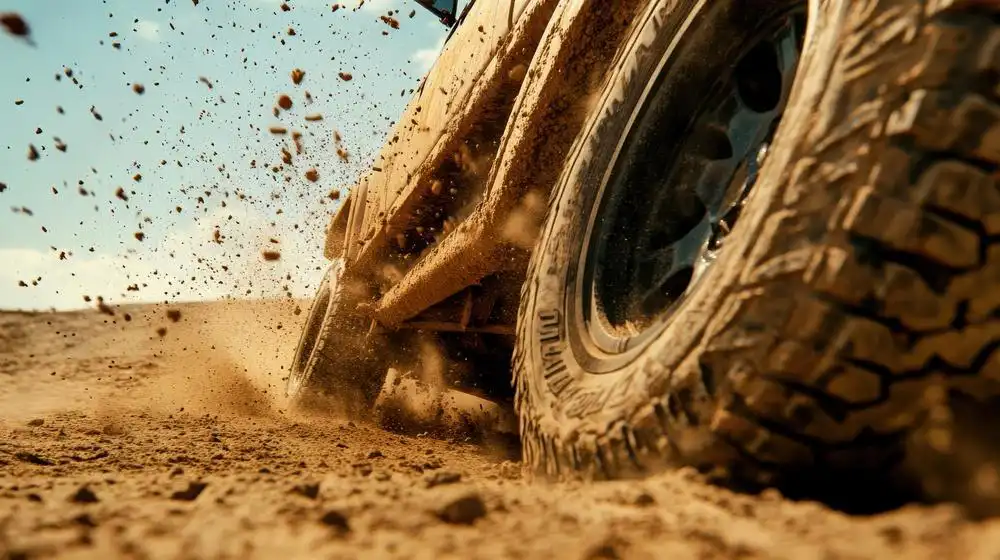
Transitioning to Off-Road Tire Sizing
When discussing 33 inch tires and larger, the conversation shifts primarily to off-road applications. Unlike the previous sizes discussed, these measurements typically refer to the overall diameter of the tire rather than just the wheel size.
Capabilities and Applications of 33 Inch Tires
33 inch tires represent an entry point into serious off-road capability. These tires are popular for:
- Modified Jeep Wranglers and similar off-road vehicles
- Light to moderate trail riding and overlanding
- Achieving a lifted appearance with improved ground clearance
- Balancing off-road performance with reasonable on-road manners
For many off-road enthusiasts, 33 inch tires offer an ideal balance—providing meaningful capability improvements without requiring extensive vehicle modifications or sacrificing too much daily drivability.
Also Read: Where to Find Super Cheap Tires Online: 2025 Buyer’s Guide
35 Inch Tires: Serious Off-Road Capability
The Sweet Spot for Off-Road Performance
35 inch tires are widely considered the sweet spot for serious off-road enthusiasts. These tires deliver substantial capability improvements while remaining manageable with moderate vehicle modifications.
Advantages and Requirements for 35 Inch Tires
When upgrading to 35 inch tires, you can expect:
- Significantly improved ground clearance
- Better obstacle clearance for rock crawling
- Enhanced water fording depth
- More aggressive appearance
However, fitting 35 inch tires typically requires:
- A lift kit of at least 2.5-3.5 inches for most vehicles
- Possible fender modifications
- Potential gear ratio changes to compensate for larger diameter
- Stronger suspension components to handle the increased weight
The 35 inch tire size has become a benchmark in the off-road community, offering substantial capability without the extreme compromises associated with even larger sizes.
37 Inch Tires: Advanced Off-Road Capability
Pushing the Boundaries with 37 Inch Tires
Moving up to 37 inch tires represents a significant step in off-road capability and commitment. These tires are designed for enthusiasts who regularly tackle challenging terrain and require maximum clearance and traction.
Vehicle Requirements and Performance Expectations
Vehicles running 37 inch tires typically feature:
- Substantial lift kits (4+ inches)
- Upgraded axles and differentials
- Re-geared drivetrains to compensate for larger diameter
- Modified fenders or body work for clearance
The advantages of 37 inch tires in off-road scenarios include:
- Exceptional ground clearance for navigating large obstacles
- Improved approach, departure, and breakover angles
- Ability to maintain momentum through challenging terrain
- Impressive visual presence
It’s important to note that 37 inch tires represent a significant compromise for daily driving, with impacts on fuel economy, handling, braking distance, and overall comfort.
40 Inch Tires: Extreme Off-Road Specialists
The Realm of Specialized Applications
40 inch tires represent the extreme end of the spectrum for street-legal off-road applications. These massive tires are reserved for purpose-built vehicles designed specifically for the most challenging off-road environments.
Requirements and Considerations for 40 Inch Tires
Vehicles equipped with 40 inch tires almost always feature:
- Extensive custom modifications
- Heavily reinforced drivetrain components
- Specialized suspension systems
- Substantially re-geared differentials
- Custom bodywork for clearance
At this size, tires become highly specialized tools designed for specific environments, whether that’s rock crawling, mud bogging, or desert racing. Daily driving with 40 inch tires is rarely practical, and these setups are generally reserved for dedicated off-road vehicles.
Making the Right Tire Size Choice for Your Needs
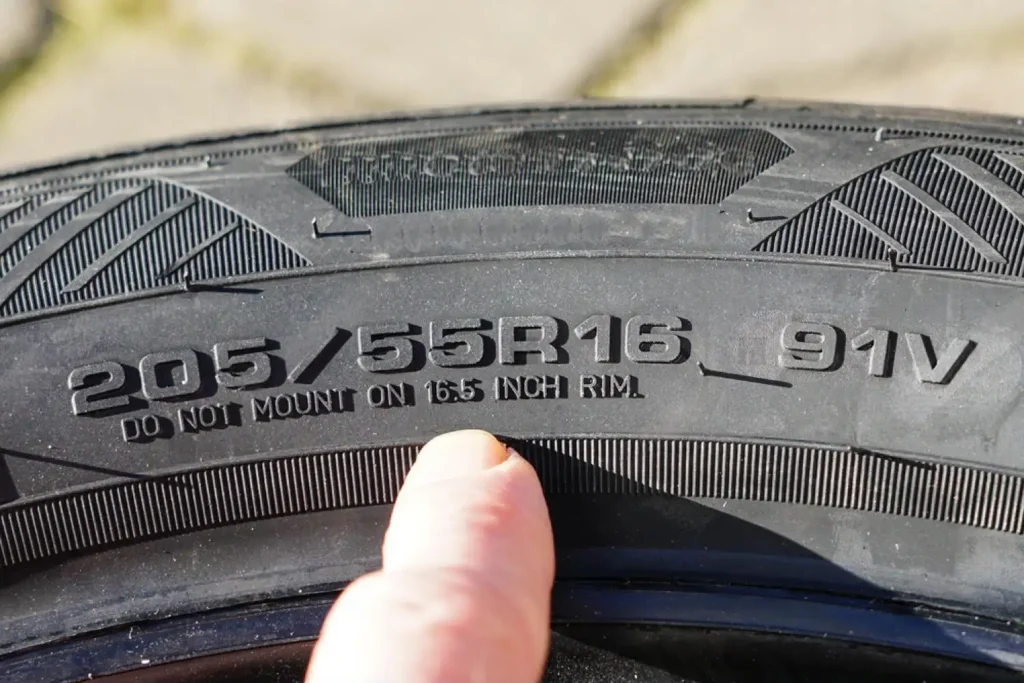
Balancing Performance, Practicality, and Budget
When selecting a tire size, consider these key factors:
- Vehicle manufacturer recommendations
- Primary use (daily driving, off-road, mixed use)
- Budget for both tires and necessary modifications
- Long-term maintenance implications
- Effect on vehicle systems (speedometer, fuel economy, etc.)
For daily drivers, staying closer to factory specifications typically provides the best balance of performance, comfort, and reliability. As you move toward more specialized sizes like 35, 37, or 40 inch tires, the trade-offs become more significant but may be worthwhile depending on your specific needs.
Conclusion: Finding Your Perfect Tire Size
The world of tire sizes from 16.5 inches to 40 inches offers options for virtually every vehicle type and driving style. From the specialized 16.5 tires to the massive 40 inch off-road specialists, each size has distinct advantages, applications, and considerations.
Remember that bigger isn’t always better—the ideal tire size depends entirely on your specific vehicle, driving conditions, and personal priorities. By understanding the characteristics and requirements of various tire sizes, you can make an informed decision that balances performance, practicality, and style.
Whether you’re looking to replace factory tires, upgrade for improved performance, or build a dedicated off-road machine, this guide should help you navigate the complex world of tire sizing with confidence and clarity.
Affiliate Disclosure: This article may contain affiliate links, which means the author could receive a commission at no extra cost to the reader if you click through and make a purchase. Balancing transparency while offering valuable recommendations is key to ethical affiliate marketing. Error or missing information? Please let us know











